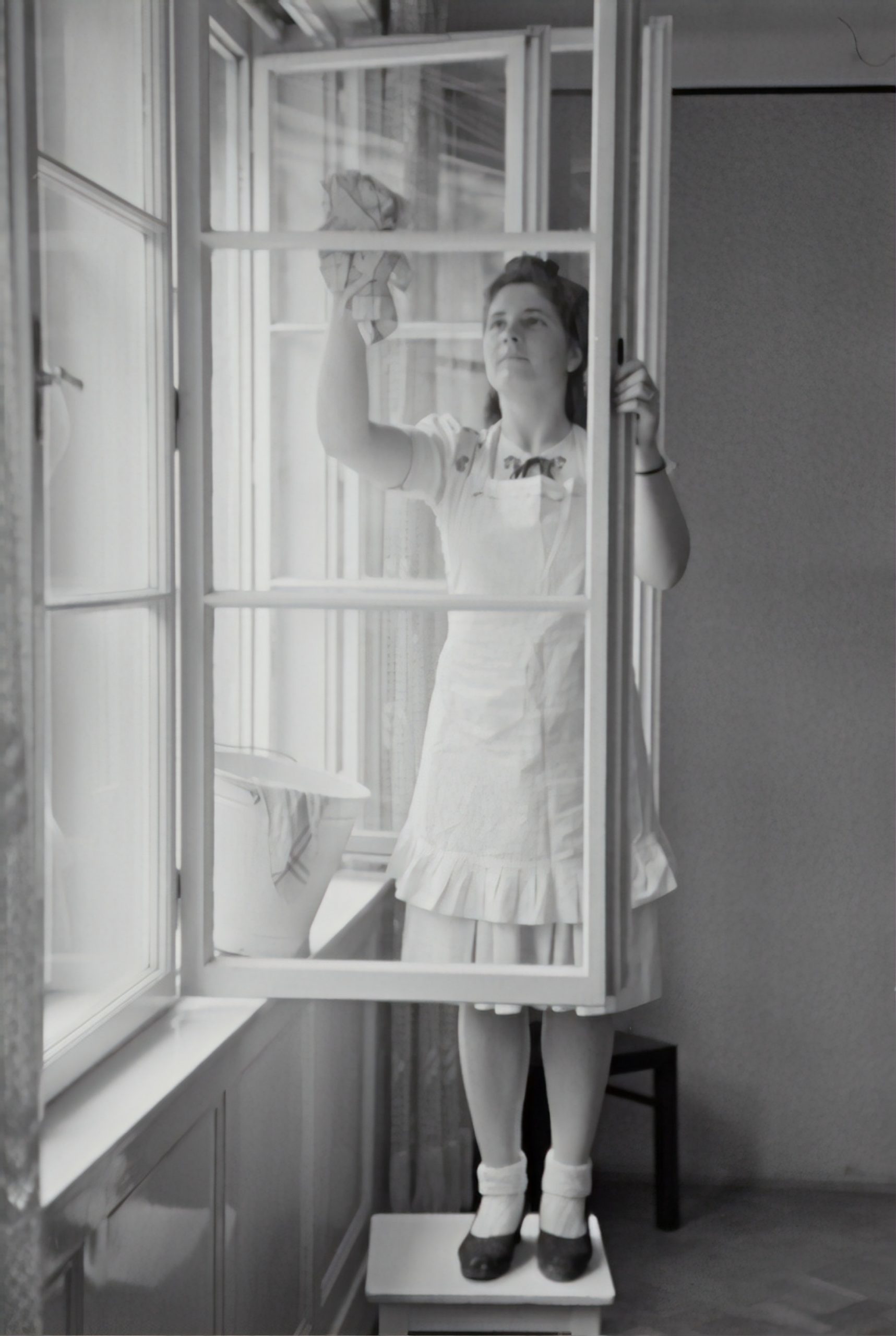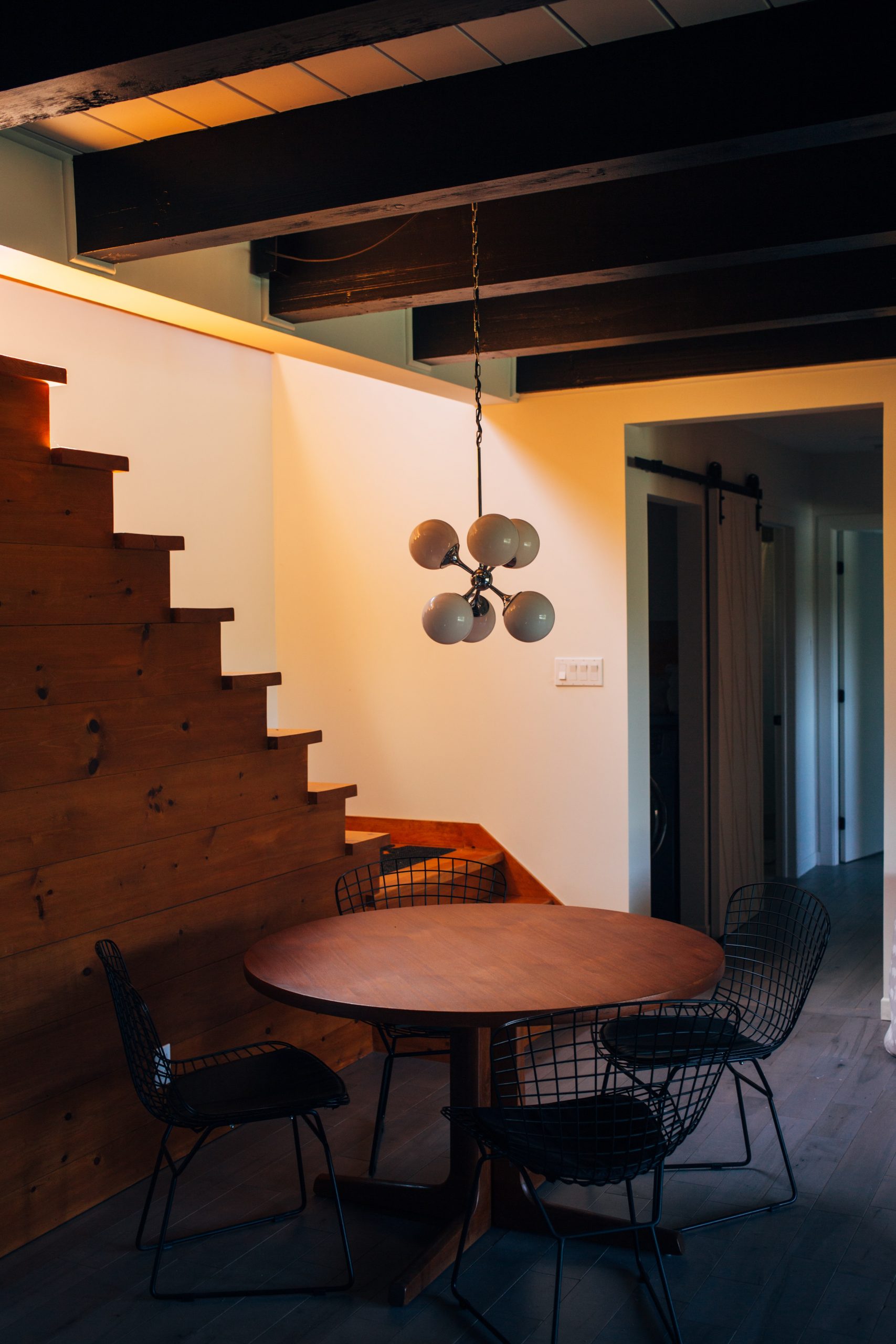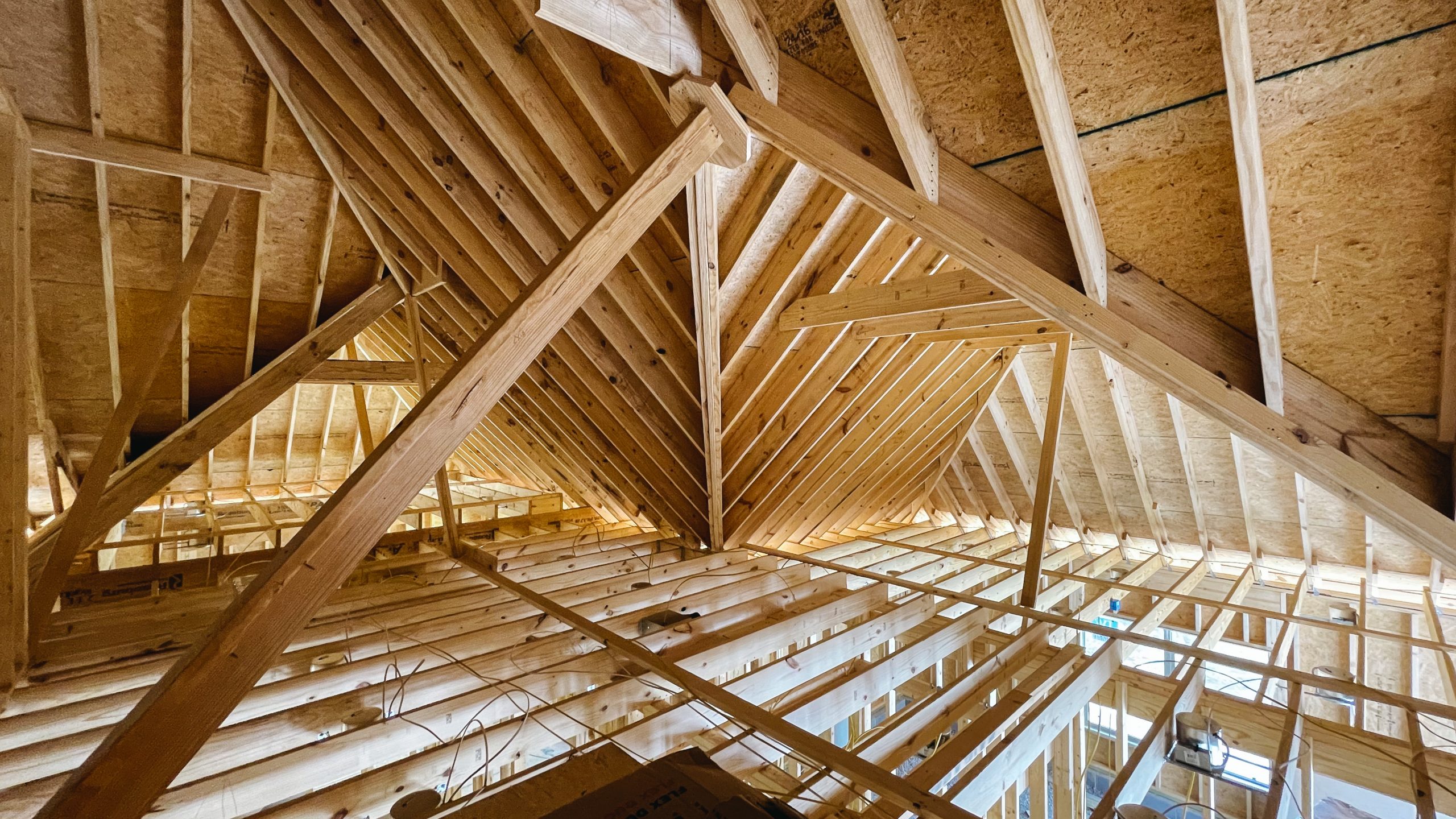Air Quality Myths–debunked!
Air Quality Myths–debunked!
Don’t worry, at HypoAir we’re learning everyday too. Whether the myth comes from the media, or your family, or just what you assume happens, many of the things we believe about air quality–are not true! Let’s dive in and get to the bottom of these myths…
- My old, leaky house has better air quality than new tighter ones because it “breathes”. Well, yes and no! Ventilation is good, but if it’s allowing polluted or humid air in, that’s not good! We like to opt for controlled ventilation, when you can open a window on clear days but on polluted or humid days, close it and still get fresh, conditioned air through special intakes to your HVAC.
- Air conditioners provide fresh air ventilation. Actually, most air conditioners don’t provide any fresh air! Standard central and window units are closed systems, which mean they are simply recirculating (and recirculating…) air within your home. In order to get fresh air, you’ll need to have a special intake installed on your central unit, which may or may not filter and “condition” the air it pulls from outside. Check out our post on Adding fresh air through the HVAC system for more info.
- It’s best to clean your AC ducts every 3-5 years. This is a myth perpetuated by some duct cleaning companies. Actually, we (and the EPA) don’t recommend duct cleaning unless you have mold in the AC system, have a pest infestation (rodents, bats or birds usually), or excessive amounts of debris. Normal dust in ducts doesn’t pose a risk to indoor air quality and it’s best left undisturbed, because there are risks that ducts can be punctured or damaged during cleaning, or cleaning chemicals can leave behind VOCs. For more info, check out our post “Should I clean my HVAC ducts?”
- My thermostat takes care of the humidity. Are you sure? Standard thermostats only regulate temperature, and when the system meets the temperature goal, it shuts off. It’s best to have a second monitor, like our humidity sensors, to make sure you are meeting your humidity (40-60%) goal as well as temperature.
- When it comes to AC units, the bigger the system, the better. Actually, installing too big of a system (central or window unit) will cause a problem called short-cycling, where the unit turns on, quickly brings the temperature down, but does not have time to reduce the humidity. This is definitely not good for your home or the machinery, because damp air can cause mold and mechanical issues. Lesson: the correct size is better! Contact an HVAC tech to perform a load calculation to size the unit correctly.
- It’s normal for the upstairs of the house to be warmer. Well, to some degree, but it doesn’t have to be a completely different climate than the lower story. The two areas are called “zones” and even if you only have one AC unit, you can get the system “balanced” so it works less to keep both zones at comfortable temperatures. Check out our post “Why selecting and sizing your AC system is critical for healthy air”.
- I don’t always need to use the stovetop ventilation when cooking. Yes, you do need it a lot more than you thought–roasting meat, baking, and even stovetop cooking that only creates fumes for a few minutes all exude a lot of VOCs and particulates from the pans, oils and food. Cooking with gas emits much more fine particulates (PM2.5) into the air than electric.
- If a cleaning product has a natural smell, it’s not toxic. Sorry! This myth is why detergent companies market their products to smell “natural”, but load them with many toxic ingredients. Also, some of the VOCs found in nature (like limonene, a citrusy smell) can react with other chemicals to form harmful pollutants. Our recommendation would be to use products like TotalClean, which have no fragrance but do the cleaning job, then use your favorite essential oils to add a safe level of fragrance to your home. Check out our post “Ewww! How can I get rid of that smell?” (hint–TotalClean works great as a deodorizer also!)
- My personal products have nothing to do with my allergies/sinusitus/congestion. Actually, they definitely could. Since the chemicals in our shampoos, soaps, lotions and deodorants are among those that form ozone in summer smogs, they can hang around in your house and on your body long after showering (Guardian article), causing respiratory irritation. Some of the ways that we can reduce their effects on us is rinsing for longer, using the bathroom vent (ideally continual use for 30 minutes after showering to reduce moisture in the bathroom too) and switching to non-aerosol products.
- Bleach is the best way to kill mold. Bleach certainly kills mold, but it also dangerous to your respiratory system and skin, and can react with limonene, a common citrusy-smelling VOC found in other cleaning products, to form secondary organic aerosols (SOAs), which are minute particles that compose smog. There are a number of less toxic products that can kill mold, such as TotalClean (which contains iodine), hydrogen peroxide, vinegar, baking soda, grapefruit seed extract, etc. (be careful about what you mix together though!) Check out this article for some natural solutions to clean up mold.
- If the EPA allows the sale of a household product, then it’s not toxic. Unfortunately, the EPA does not know all of the ingredients that household products contain, because they are not required to be disclosed. Organizations like the Environmental Working Group (EWG) and Women’s Voices for Earth (WVE) have tested many household products to reveal the toxic ingredients they contain. Check out our post “Reasons not to use your mama’s (or grandma’s) cleaning products”, to be better informed for healthy purchasing!
Do you have an “Air Quality Myth” you would like for us to address? Let us know!
Photo by Niklas Bischop on Unsplash





